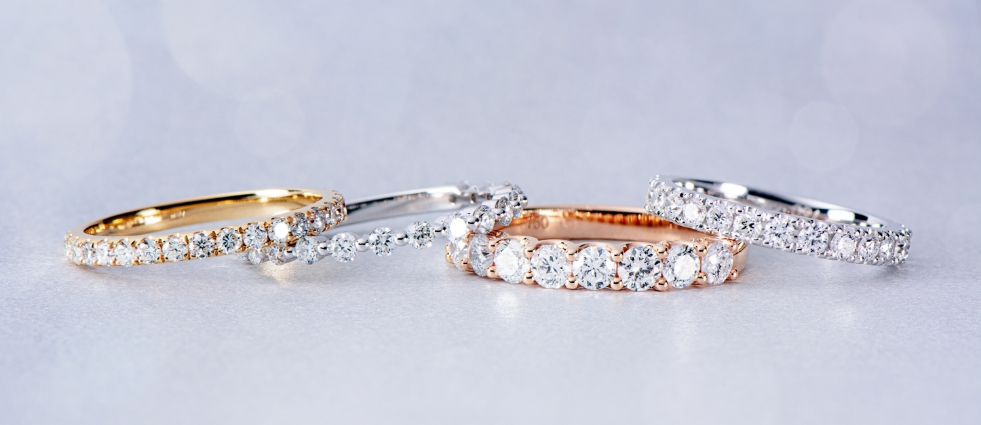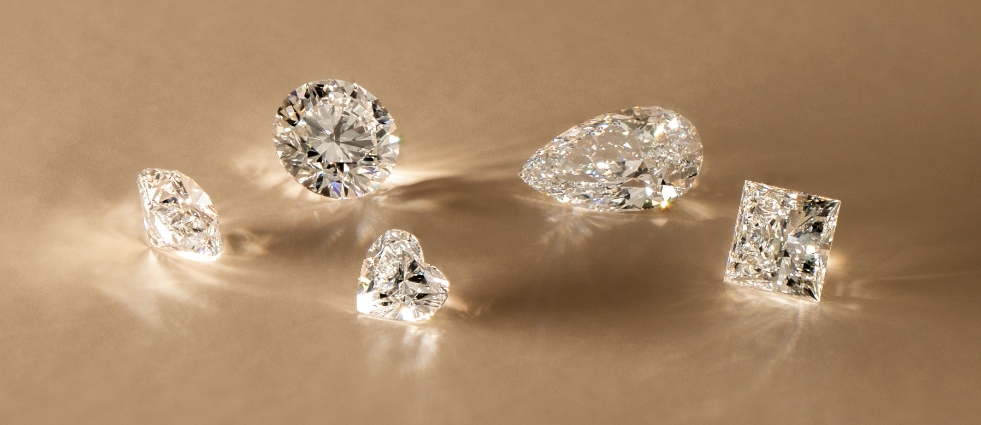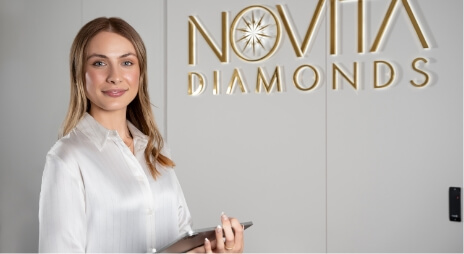Are there any real substitutes for diamonds?
All diamonds are inherently valuable, unlike 'simulated diamonds'; throughout history, diamonds have been coveted for their eternal allure and brilliance, qualifying them to the status of heirlooms, something of value to be passed down the generations.
Simulants are not something suitable to leave to the next generation as they contain no intrinsic value. Cubics, and other simulants, are mass-produced and cut and polished autonomously by machines to minimise costs as much as possible. On the other hand, each diamond is cut and polished by hand and finally inspected meticulously by master craftsmen to bring out the brilliance that diamonds are known for. And ultimately, a diamond simulant ring can never last long enough to be considered as an inheritance. Cubic zirconia stones are prone to chipping and scratches. Even worse, they are porous- easily identifiable under magnification. The porosity is highly detrimental to its lifespan, as any contact with everyday materials like hand cream, lotions, or sunscreen will penetrate and settle into the pores, which, over time, result in the diamond simulant becoming significantly dull and lifeless.
To summarise, the only thing a 'diamond simulant' brings to the table is its ability to look nice for a whopping month of regular use. With age, it will become increasingly unattractive as it accumulates damage and dirt. In contrast, diamonds will resist wear and never dull due to being the hardest natural material known to men, and any gunk that settles can be easily washed off with a gentle bath. Diamonds will always outlast any and all of its cheap knockoffs.
Real diamonds have no alternative; nothing can replace, or even match, their coveted place as the jewel of choice to signify brilliance, beauty and everlasting love. Naturally, some businesses will try their hardest to capitalise on the appeal of diamonds by marketing simulants using clever wordings and low prices to mislead customers. Suppose they can convince customers that they are buying 'something like a diamond' or, even more shamelessly, 'a genuine alternative to diamonds'. In that case, they will have succeeded in their mission to dupe unsuspecting customers. As we have discussed, these statements are completely false as simulants are nothing like a diamond; it's like comparing silver cutleries with plastic ones; the former retaining their value and often passed down generations while the latter is almost always discarded after use.
By now, you have learned how and why `diamond simulants` are inferior to real diamonds and know how to tell them apart; therefore, in the matter of love and make a potentially embarrassing blunder to commemorate the start of an otherwise beautiful relationship. To keep on advancing your knowledge read our lab diamonds guide.









